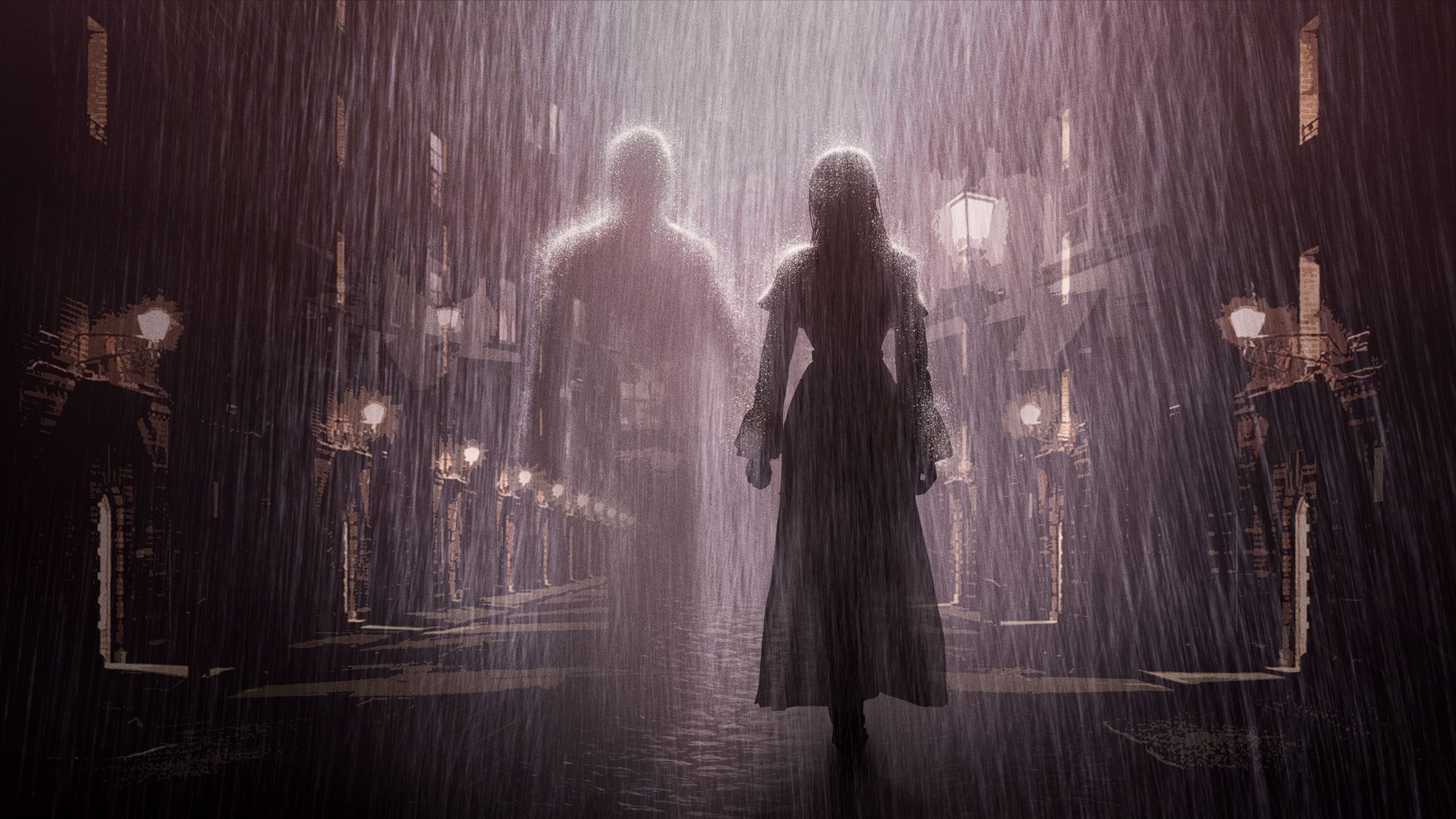Ever had one of those days when your emotions feel like they’re playing dodgeball, and you’re the ball? Welcome to the human experience. Emotions are like that quirky friend who shows up unannounced, sometimes overstaying their welcome, but always bringing a story. Understanding this hidden language of emotions can be as challenging as learning Morse code in a rock concert, but it’s well worth the effort.
Let’s take a look at how this language unfolds in our daily lives. Picture yourself at a coffee shop. The smell of fresh espresso fills the air, and you’re caught in a moment of bliss. Suddenly, you overhear a couple at the next table arguing — an emotional ping-pong ensues. You feel a twinge of discomfort, even though you’re not involved. That’s your mirror neurons at work, those sneaky little brain cells that mimic the emotions of others, turning you into an emotional sponge.
Now, let’s talk about the emotional iceberg theory. Imagine your emotions are like an iceberg, with only the tip visible above the water. The visible part is your conscious feelings, like when you’re excited about a new season of your favorite show. But lurking beneath are the deeper, often unconscious emotions — the ones that cause you to tear up at a commercial about a puppy finding a home, even if you don’t particularly like dogs. These submerged emotions often speak in whispers, but they’re the ones calling many shots.
Then there’s the curious case of emotional contagion. This is not some sci-fi virus, but rather the tendency to catch emotions from those around us. Ever notice how laughter can spread through a room like wildfire, or how a single grumpy person can bring down the whole vibe of a party? It’s like we’re all walking Wi-Fi routers, broadcasting our emotional signals without even realizing it.
Emotions also have a knack for showing up in unexpected places. Take, for example, the time I was in line at the grocery store, and the person ahead of me was taking forever. My impatience started bubbling up like a pot of overcooked spaghetti. But then, they turned around and genuinely apologized, explaining they were having a tough day. My annoyance dissolved, replaced by empathy. It’s moments like these that remind us our emotions are deeply intertwined with those of others, even strangers.
Let’s not forget the colorful lexicon of words we use to describe emotions. We say we’re “feeling blue,” “seeing red,” or “green with envy.” These expressions are more than just whimsical phrases; they’re attempts to put into words the complex and often contradictory nature of our feelings. And while words can sometimes fall short, they’re our best tool for navigating this emotional labyrinth.
As we unravel the mystique of human emotions, it becomes clear that they’re not just a series of random feelings but rather a sophisticated language, one that’s constantly evolving and shaping our interactions. So next time you find yourself riding the emotional rollercoaster, remember that you’re part of a shared human experience. Emotions may be unpredictable, but they’re also what make life wonderfully rich and, sometimes, delightfully messy. In the end, maybe that’s the beauty of it all — our emotions remind us that we’re alive, connected, and always learning.




